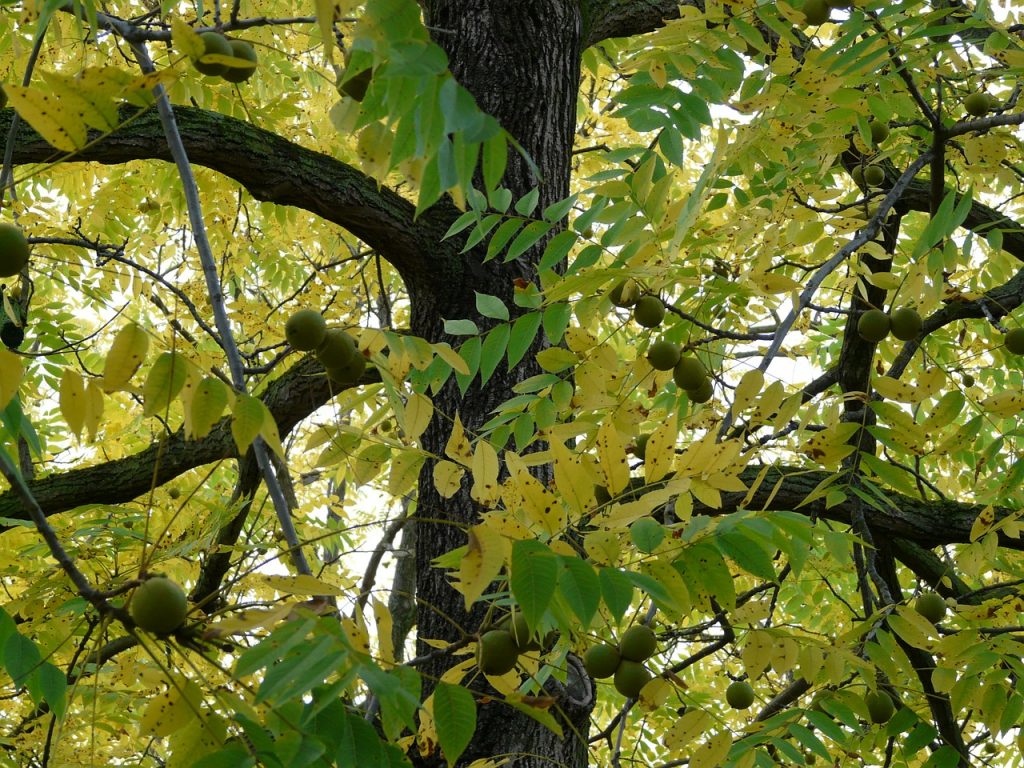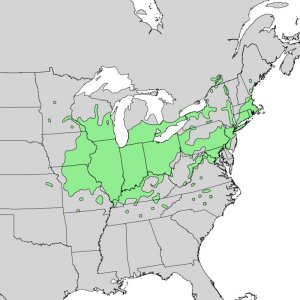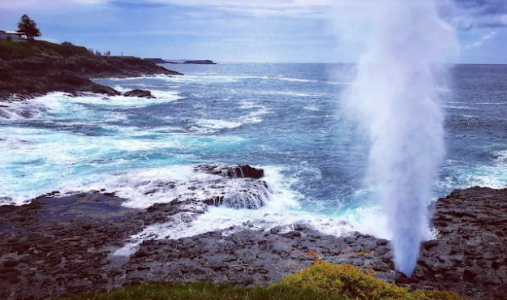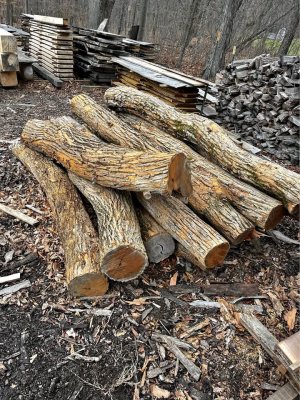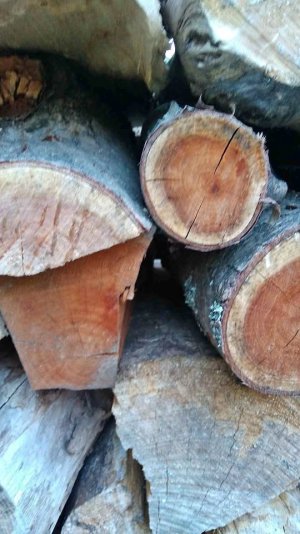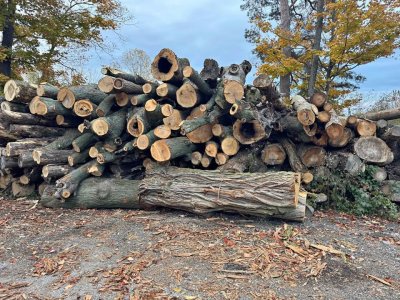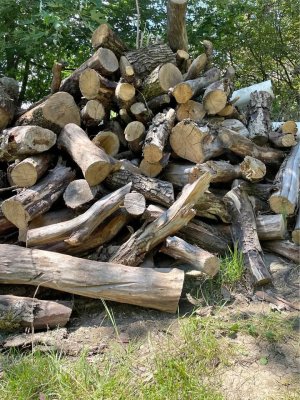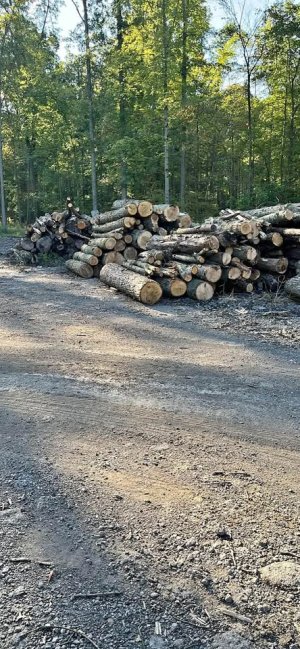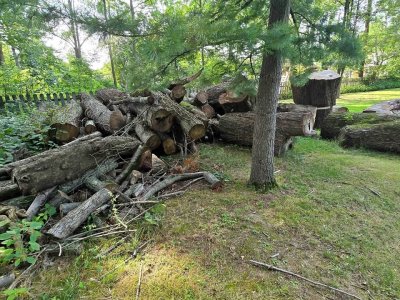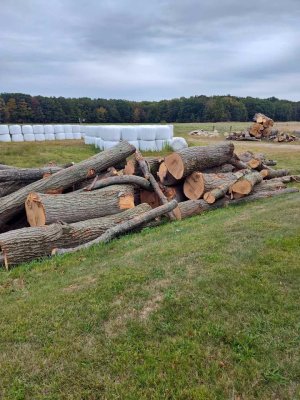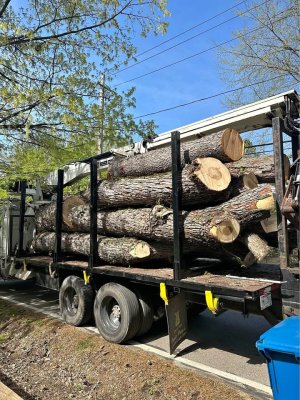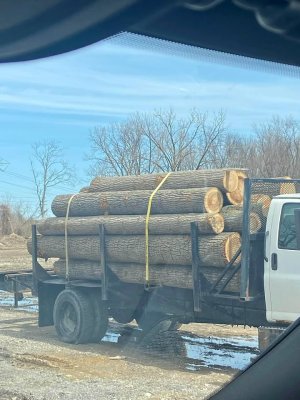i love walnut! back in the 60s my parents had a country place in vernon valley nj. along side loundberry hollow road, a small dirt road, had a huge walnut tree. it took 6 kids holding hands to go around it. it must have been over 100 feet tall as well.
when the county decided to pave and widen the road the had to cut the tree down. the tree had barbed wire sticking out of it near the base. well using massive saws the guys tried cutting but kept hitting something inside. they kept going up higher n higher. at about 8' up from the bottom they finally cut through and down she went. they brought in bull dozers to remove the base. turns out there was a huge bolder inside. someone said that tree must have been several hundred years old because his great great grand parents, who originally owned the property, had pictures of the tree on their farm.
i still have a few boards of that tree and treasure them so much i just cant find myself making anything from it. but the wood is a deep deep brown i havent seen in any walnut ive aquired over the years.
they dont make em like they use to. slow grown n tight grained.
when the county decided to pave and widen the road the had to cut the tree down. the tree had barbed wire sticking out of it near the base. well using massive saws the guys tried cutting but kept hitting something inside. they kept going up higher n higher. at about 8' up from the bottom they finally cut through and down she went. they brought in bull dozers to remove the base. turns out there was a huge bolder inside. someone said that tree must have been several hundred years old because his great great grand parents, who originally owned the property, had pictures of the tree on their farm.
i still have a few boards of that tree and treasure them so much i just cant find myself making anything from it. but the wood is a deep deep brown i havent seen in any walnut ive aquired over the years.
they dont make em like they use to. slow grown n tight grained.




